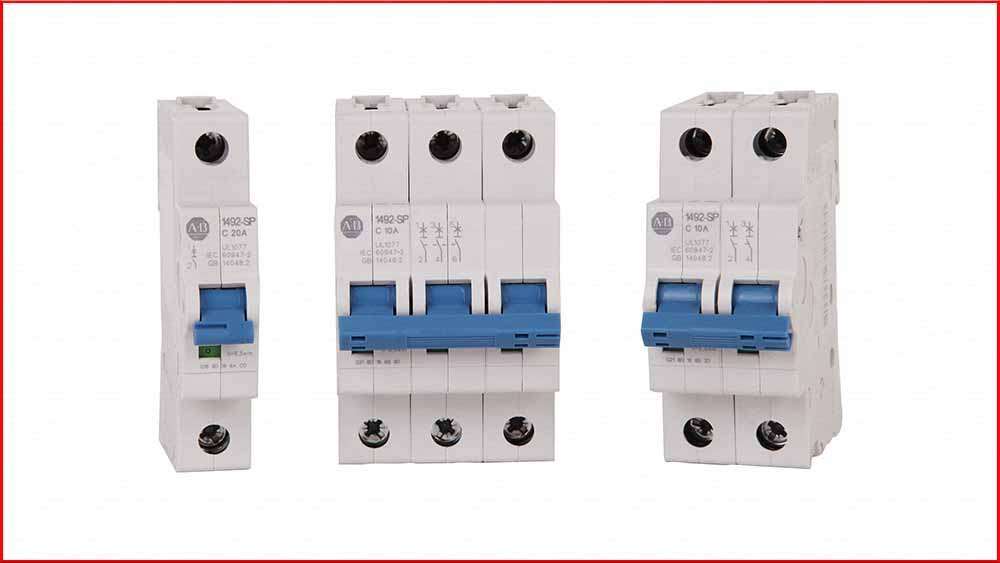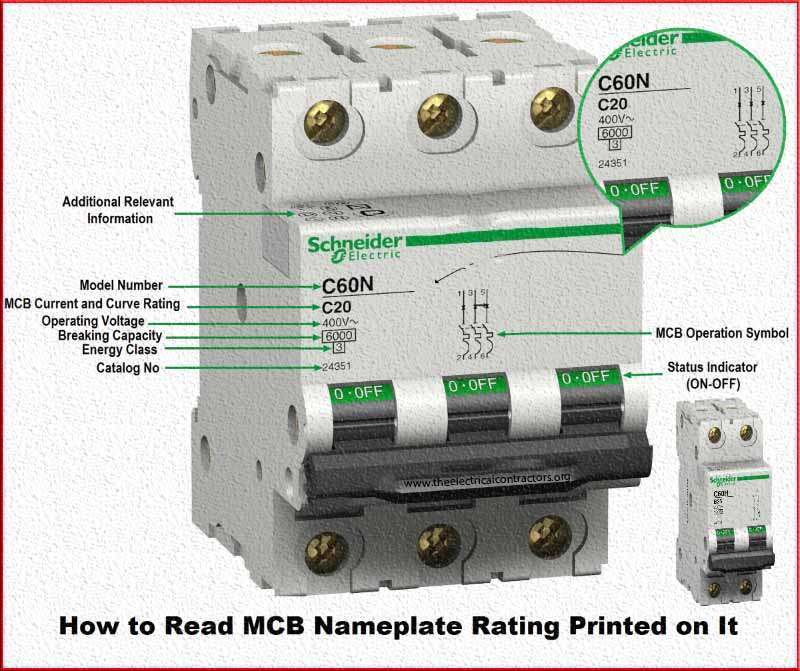Miniature Circuit Breakers (MCBs): A Comprehensive Overview
Miniature Circuit Breakers (MCBs) are integral components of electrical systems, offering vital protection against overcurrent and short circuit faults. These devices are designed to safeguard circuits and equipment by quickly interrupting the flow of electricity when irregularities are detected. In this article, we will delve into the intricacies of Miniature Circuit Breakers, their applications, and the key parameters that define their functionality.

Read More About
Miniature Circuit Breakers
Dive into the world of Miniature Circuit Breakers (MCBs) to understand their critical role in electrical safety. Learn about parameters like short circuit capacity, voltage rating, and current carrying capacity that define their performance. Explore diverse applications, from residential circuits to industrial machinery, and discover the flexibility and reliability of MCBs in ensuring uninterrupted power while preventing potential hazards.
MCBs are automatic electrical switches that operate as circuit protectors. They function by monitoring the current flow within a circuit and tripping to disconnect the circuit in case of overcurrent or short circuit conditions. Unlike traditional fuses, MCBs can be easily reset after tripping, reducing downtime and the need for replacement components.
Parameters of Miniature Circuit Breakers
Miniature Circuit Breakers (MCBs) are essential components in electrical systems, providing crucial protection against overcurrent and short circuit conditions. To ensure the proper selection and operation of MCBs, it’s important to understand the key parameters that define their functionality. Let’s delve into the fundamental parameters of MCBs and their significance in maintaining electrical safety.
Rated Current (In): The rated current, often denoted as “In,” is the maximum continuous current that an MCB can carry under normal operating conditions without tripping. It is usually expressed in amperes (A) and serves as a reference point for selecting the appropriate MCB for a specific circuit.
Choosing an MCB with the correct rated current ensures that the circuit is protected while allowing the intended load to operate safely.
Short Circuit Capacity (Icu or Ics): Short circuit capacity refers to the maximum fault current that an MCB can safely interrupt without damage. It is categorized into two parameters: Icu (ultimate short-circuit breaking capacity) and Ics (service short-circuit breaking capacity).
Icu indicates the maximum fault current the MCB can interrupt under ideal conditions, while Ics reflects the MCB’s ability to interrupt fault currents under specific real-world conditions. A higher short circuit capacity ensures reliable protection and prevents hazards during short circuit events.

Tripping Characteristics: MCBs exhibit different tripping characteristics based on their response time to overcurrent conditions. The common tripping characteristics include:
B Curve Miniature Circuit Breakers: Suitable for circuits with moderate inrush currents, such as lighting circuits.
C Curve Miniature Circuit Breakers: Designed for applications with higher inrush currents, like motor control circuits.
D Curve Miniature Circuit Breakers: Ideal for circuits with very high inrush currents, often found in industrial machinery.
Voltage Rating (Ue): The voltage rating of an MCB, denoted as “Ue,” represents the maximum voltage at which the device can operate safely. It ensures that the MCB can interrupt the circuit without arcing or damaging internal components. Selecting an MCB with the correct voltage rating is crucial to prevent electrical breakdown and ensure reliable operation.
Number of Poles: MCBs come in various configurations, including single-pole, double-pole, three-pole, and four-pole versions. The number of poles corresponds to the number of conductors or phases the MCB can control. It’s essential to choose the appropriate number of poles based on the circuit configuration and application requirements.
Breaking Capacity (Icn): Breaking capacity, denoted as “Icn,” indicates the maximum fault current that an MCB can safely interrupt without damage. It includes consideration of both prospective short-circuit current and voltage. Choosing an MCB with an adequate breaking capacity ensures effective interruption of fault currents, preventing equipment damage and hazards.
Applications and Examples of MCBs
MCBs are versatile devices used across various settings, including residential, commercial, and industrial applications. Here are examples of specific applications along with corresponding MCB ratings:
Residential Lighting Circuit: A 10A MCB is suitable for protecting a residential lighting circuit. This ensures that the lighting circuit is safeguarded against overcurrent and short circuit faults.
Office Workspace: In a commercial office space, a 16A MCB could be employed to protect power outlets. This rating allows for the safe operation of devices like computers, printers, and charging stations.
Industrial Machinery: For protecting industrial machinery with higher power demands, a 32A MCB might be utilized. This ensures that heavy machinery remains operational without the risk of electrical faults.

Selection Table of Miniature Circuit Breakers (MCBs)
Here’s a general selection table for Miniature Circuit Breakers (MCBs) based on current and voltage rating. Keep in mind that specific requirements may vary based on regional standards, regulations, and applications.
| Current Rating (Amperes) | Voltage Rating (Volts) | Typical Applications |
| 1A | 230V, 400V | Electronics, low-power devices |
| 2A | 230V, 400V | Low-power lighting, control circuits |
| 6A | 230V, 400V | Residential lighting and outlets |
| 10A | 230V, 400V | Household circuits, lighting |
| 16A | 230V, 400V, 690V | Power outlets, light industrial |
| 20A | 230V, 400V, 690V | Air conditioning, appliances |
| 32A | 230V, 400V, 690V | Heavy-duty appliances, machinery |
| 40A | 230V, 400V, 690V | Industrial machinery, equipment |
| 63A | 230V, 400V, 690V | Commercial panels, power distribution |
This table provides a basic guideline for selecting MCBs based on current and voltage ratings. However, other factors such as breaking capacity, tripping characteristics, and specific application requirements should also be considered for accurate selection.
Subscribe to our Newsletter “Electrical Insights Daily” to get the latest updates in Electrical Engineering. You can also Follow us LinkedIn and Facebook to see our latest posts on Electrical Engineering Topics.
